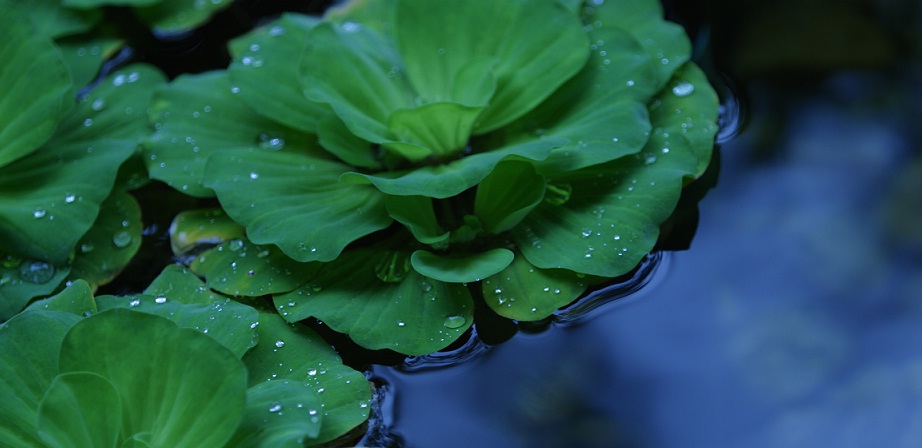In late February, the U.S. Environmental Protection Agency (EPA) began announcing the 16 recipients of the Great Lakes Shoreline Cities Green Infrastructure Grant. Cities in Minnesota, New York, Michigan, Wisconsin, and Ohio received grants throughout March. The grants will result in cleaner water and a more resilient shoreline by helping to prevent flooding. Extreme precipitation events have occurred in the Midwest in recent years and could intensify due to climate change. Resurgence in water quality will improve community viability, and green infrastructure projects will add further vibrancy.
The grants are part of the Great Lakes Restoration Initiative, which has been the largest investment in the Great Lakes in two decades. The grants are aimed at tackling the significant challenges facing the Great Lakes, where some 30 million Americans get their drinking water and which also support a multi-billion dollar economy based on fishing, boating, and recreational activities. Cities announced so far include:
Duluth, Minnesota
Duluth was the first city announced and will receive $250,000 to manage stormwater and improve water quality in the Lake Superior Basin. The city will focus on green projects at the Lake Superior Zoo, the Atlas Industrial Brownfield Park, and Chambers Grove Park.
Buffalo, New York
The City of Buffalo and the Buffalo Sewer Authority will use the $500,000 EPA grant, along with $500,000 in funding from Empire State Development, to construct green infrastructure projects along a 1.6-km (1-mi) section of Niagara Street. The projects include the installation of porous asphalt, stormwater planters, rain gardens, and the reduction of impervious pavements. This section of roadway, which is a part of the Great Lakes Seaway Trail/National Scenic Byway, currently generates untreated stormwater that drains directly to the Black Rock Navigation Channel and the Niagara River, and then on to Lake Erie. The green infrastructure projects will capture stormwater from approximately 6 ha (15 ac) along the Niagara Street right of way. Projects will control up to 18,550 m3 (4.9 million gal) of stormwater runoff per year and significantly reduce the amount of road salt, nutrients, oil and grease, and sediment flowing into the Niagara River.
Racine, Wisconsin
The city will use the $250,000 grant in combination with funding from the city ($101,190) and the Fund for Lake Michigan ($167,100) to construct green infrastructure projects in two city parks on the shore of Lake Michigan. The city will install a series of bioswales and bioretention basins to capture and filter stormwater before it is discharged into the lake.
Detroit, Michigan
Detroit will use the $1 million grant for two green infrastructure projects in the Detroit Water and Sewerage Department’s Near East Side Drainage District. The first project will transform publicly owned vacant lots on Detroit’s Lower Eastside into green space. This will reduce the discharge of untreated stormwater into the city’s combined sewer system by approximately 380 m3 (100,000 gal) during significant storms. The second project involves installing green infrastructure at Detroit’s Recovery Park to reduce the discharge of untreated stormwater to the sewer system by approximately 3785 m3 (1 million gal) during significant storms.
St. Clair Shores, Michigan
St. Clair Shores will use the $250,000 grant to install rain gardens and porous pavement at Kyte Monroe Park. The green infrastructure will capture and treat stormwater runoff, which flows through the storm sewer directly to Lake St. Clair. This project will prevent approximately 360 m3 (95,000 gal) of polluted stormwater from entering Lake St. Clair during significant storms.
Lakewood, Ohio
The city of Lakewood will use the $107,500 grant to install bioretention planters in Madison Park. The project will reduce polluted stormwater runoff by an estimated 1528 m3 (403,769 gal) annually and also reduce overflows from the city’s combined sewer system to Lake Erie.
Lorain, Ohio
The city of Lorain will use the $250,000 grant to improve stormwater management at the city’s Lakeview Park. The improvements will reduce the amount of bacteria in stormwater being directly discharged to Lake Erie and will reduce the frequency of bacteria-related beach closures.
Toledo, Ohio
The city of Toledo will use the $500,000 grant to install bioswales and rain gardens along the city’s Silver Creek Watershed and to retrofit the city’s Cullen Park with sand filters and vernal ponds. This project will prevent an estimated 2440 m3 (645,000 gal) of untreated sediment and stormwater from discharging to Lake Erie.
Cleveland, Ohio
The city of Cleveland will use the $500,000 grant to install green infrastructure to reduce the discharge of untreated stormwater to Lake Erie near the city’s West Side Market.
Milwaukee, Wisconsin
Milwaukee will use the $1 million EPA grant, in combination with $2.1 million in city funding, to install porous pavement that will filter stormwater and reduce the amount of untreated runoff discharged to the Kinnickinnic, Menomonee, and Milwaukee Rivers that flow into the Milwaukee Estuary’s area of concern and Lake Michigan.
Green Bay, Wisconsin
The city will use its $500,000 grant to install permeable pavement and bio-filter gardens in the Bay Beach Park to prevent untreated stormwater runoff from contaminating Lake Michigan.




